Intermediate Digital Painting Course Lesson 1
Uses: blue canvas, spray brush style, limited color range.
We are going to draw the mountain landscape shown in fig. 1.
You want to pick out a blue canvas and select the spray tool to make the artwork. First, use a spray with a whitish color to draw the outline of the main features in the drawing (fig. 2).
Next we use a combination of dark blue and white to build the mountain tops and the clouds as shown in fig. 3. Similar to Bob Ross, I don’t follow any specific format for the way I do the mountains or the clouds and you can use your imagination to do the same. Just follow your instincts and try to get something similar but not exactly and with practice your brush strokes will automatically create the effect you are looking for.
Fig. 4 shows more information of the same tool but keeping a tight control over the colors to blend some of the other features of the landscape. If you compare this picture to the final, you will see that I am following the same method as before where I have my fun and fill in the details to give depth and realism to the whole painting. The ‘filled-in’ information in the final painting are only at specific spots but as you can see it does make a difference to the overall painting. If you get a chance, open up both images, fig-1(final) and fig-4 (penultimate) side by side and compare where the additional ‘highlights’ have been added. There are no hard and fixed rules for this but with experience, you will develop your own method and style of ‘bringing out the painting’ so please don’t worry about getting this exactly right at this stage. In this painting, I have highlighted the large sloping mountain edge close to us and also the trees in the foreground. From a technical point of view, landscapes have a higher contrast in the foreground so adding deeper saturated colors in the foreground will make the painting pop-out.
It is probably a good time to mention ‘layers’ in the context of digital painting and real world painting. In the digital world, layers have been around with since image creation and editing software packages were created for the humble PC. Layers allow users to keep the layers separate from each other and they can manage layers independently of each other. This allows greater flexibility for users to create numerous effects on their final drawing or painting and allows one to change the layers later for further enhancements. In the same fashion painters working with the acrylic or oil medium instinctively build up layers to create their final masterpiece. If you have been paying close attention to the courses, you will notice that we adopt a similar method of painting digitally. It is not a technique per say, but more a method that works for all painters who develop complex life-like scenes through layering. In time, you will develop this method of painting that will enhance your ability to produce quality paintings that will leave others amazed.

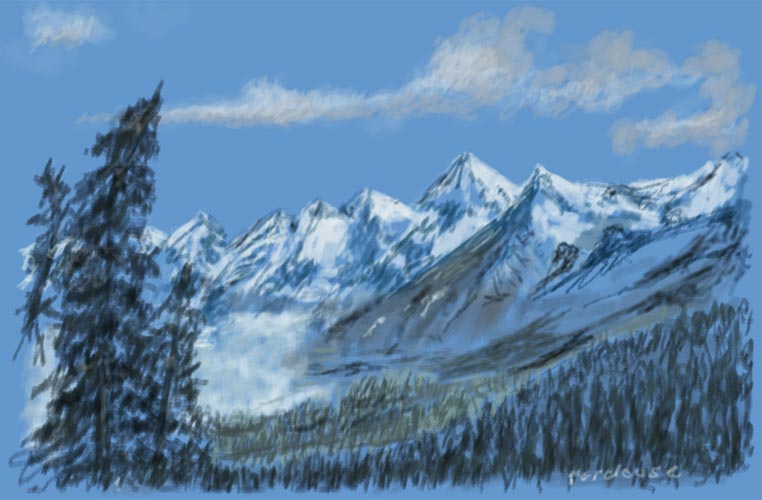
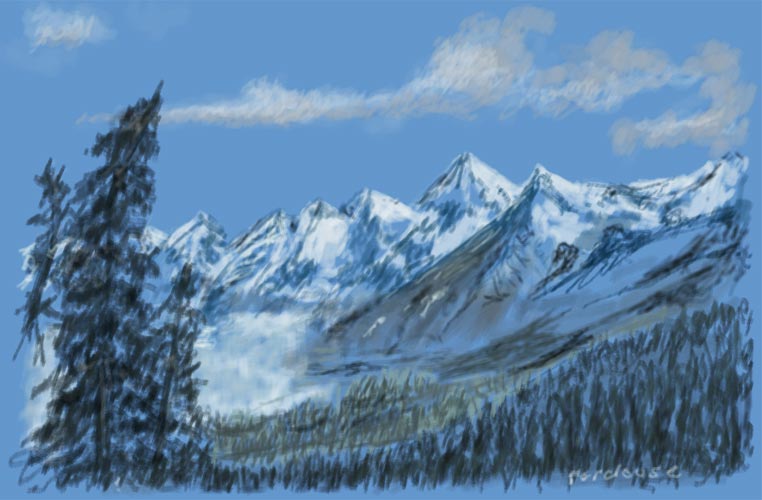
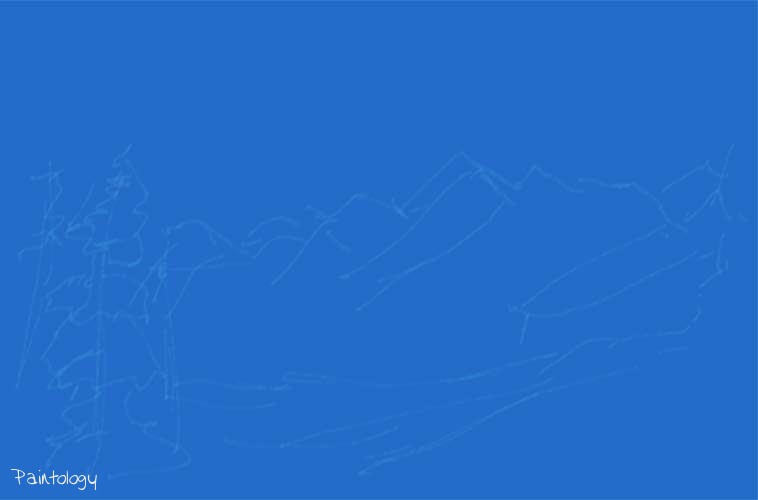
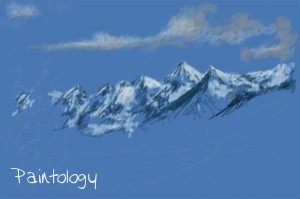
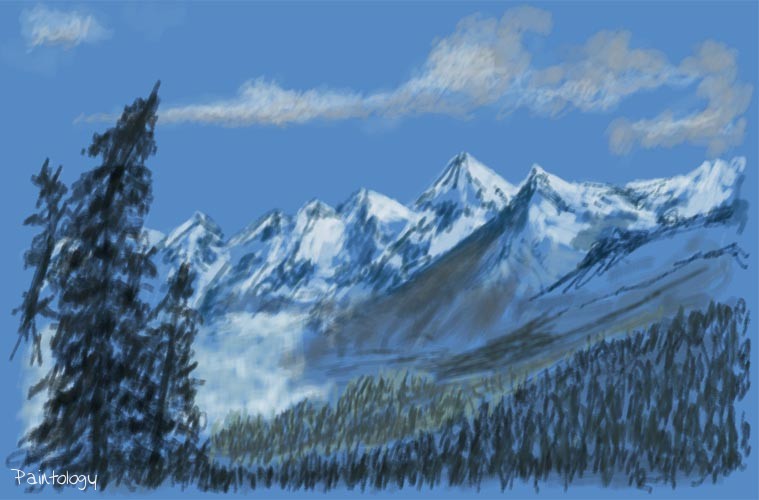
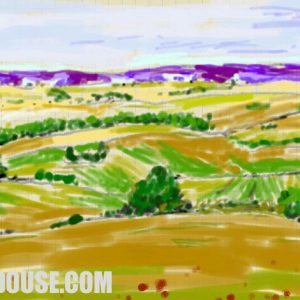

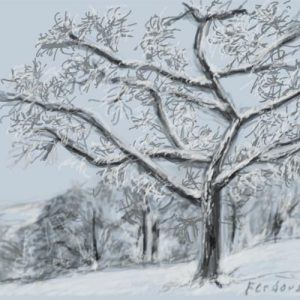
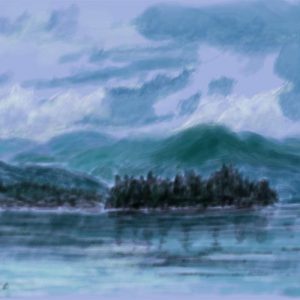
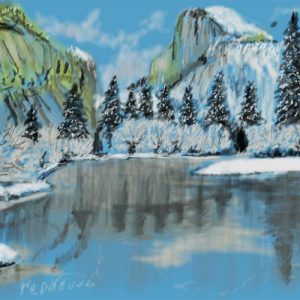
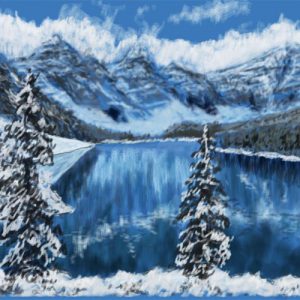
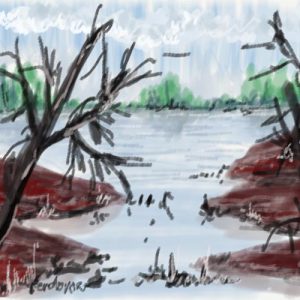
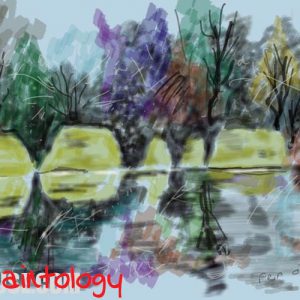
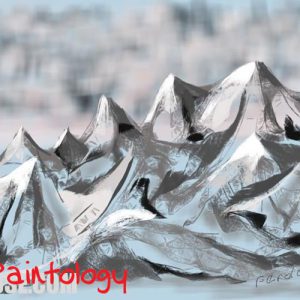
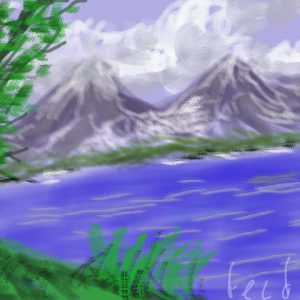

 Digital Canvas
Digital Canvas
Leave a Reply